For Web3 games, it is often more marketable to take on a mature and popular category than to create a new one.
Author: TechFlow
While the market focus is on re-staking, the Bitcoin ecosystem, and AI, the track of blockchain games seems to have been overlooked by everyone.
In a recent "2023 Most Popular Investment Narrative List" released by Coingecko, blockchain games ranked second only to AI. Looking back at last year's primary market, it is still possible to find that game projects almost dominated the investment mainstream throughout the year.
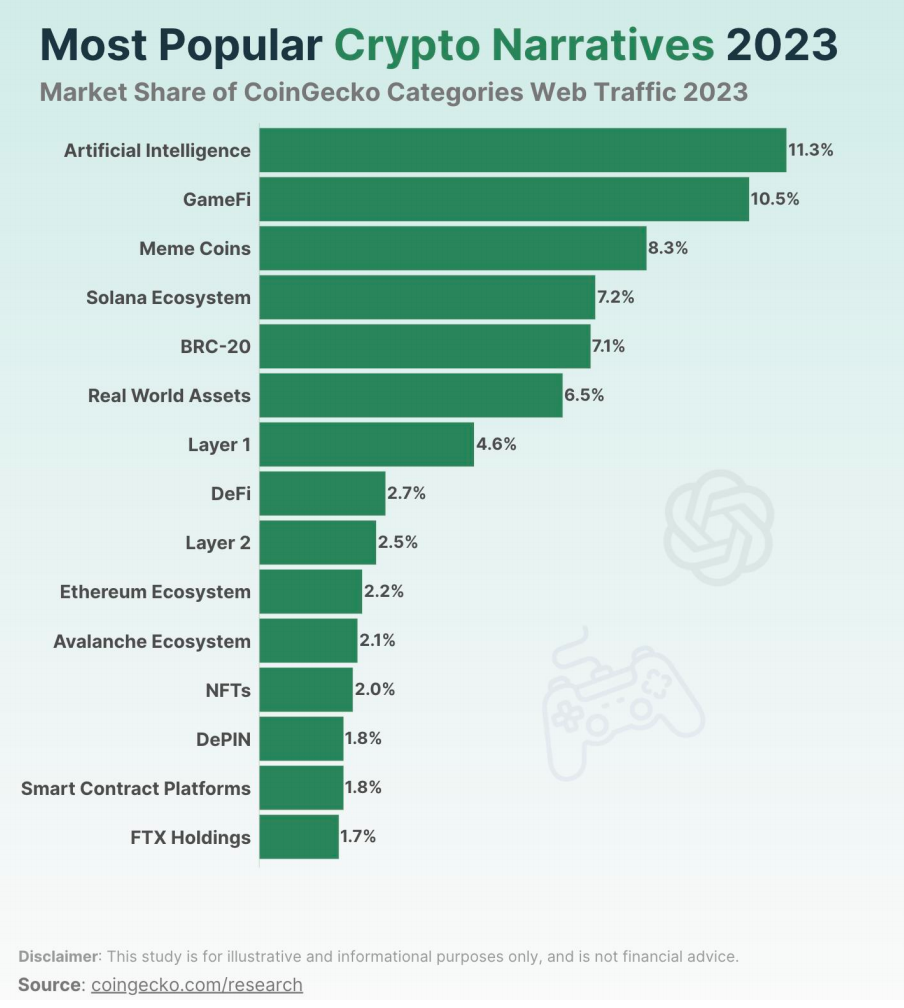
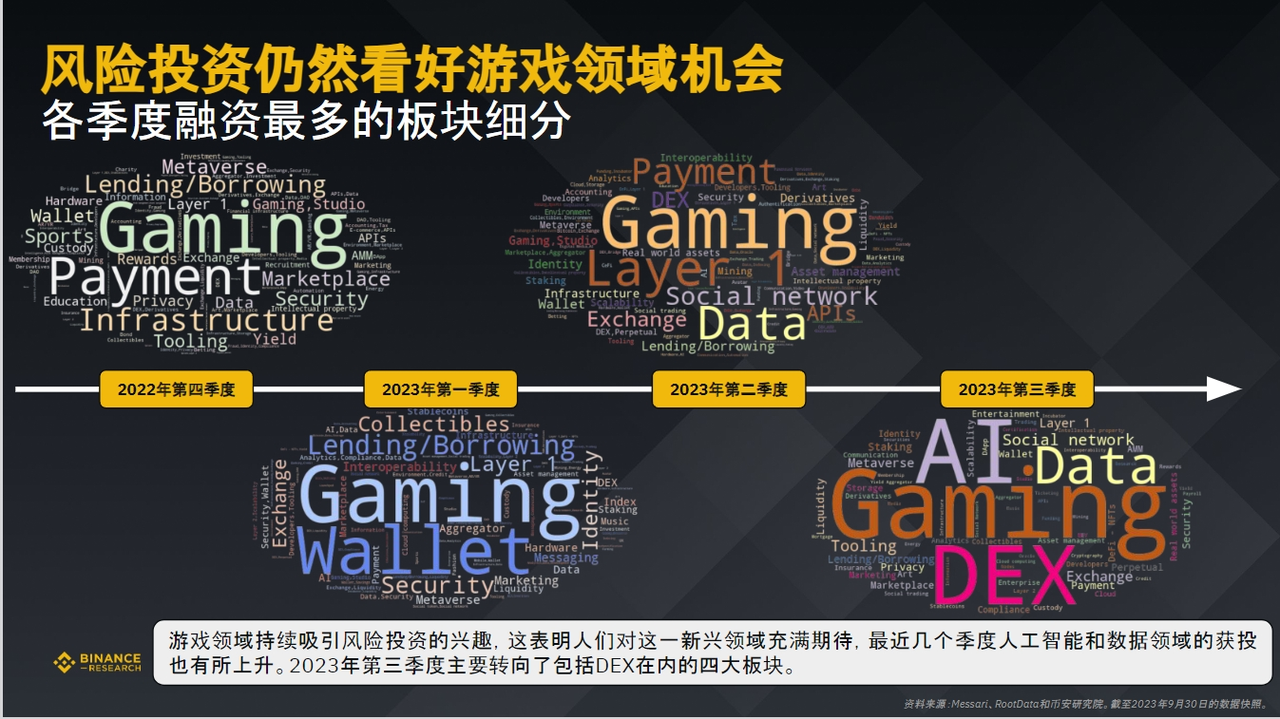
At the same time, blockchain games have gradually differentiated into two distinct trends: full-chain games to the left, and Web2.5 games to the right.
Full-chain games are more encrypted and native, but still in the stage of experimentation and exploration; while Web2.5 games are more practical - with an increased emphasis on play rather than just earning, gradually approaching mature gameplay of Web2, with game logic off-chain and assets on-chain.
What are some recent performances of such Web 2.5 blockchain games that are particularly impressive?
"E4C: Final Salvation", a MOBA-type mobile game, had nearly 30% of Web2 users register wallets within 2 weeks of its alpha test, targeting players both inside and outside the circle, and maintaining a relatively high retention rate.

At the same time, the series of NFTs related to the game saw the highest floor price increase by about 40 times, reflecting market recognition and expectations to some extent.
In this issue, we will take E4C as an example to analyze the more mature and reasonable gameplay in current blockchain games, and interpret the NFT value corresponding to the game.
Continuing the popularity of MOBA, the Alpha Test ignites the enthusiasm for playing
What kind of game is "E4C: Final Salvation"?
If you have played "League of Legends" or "Honor of Kings," the screenshot below speaks volumes about the game.
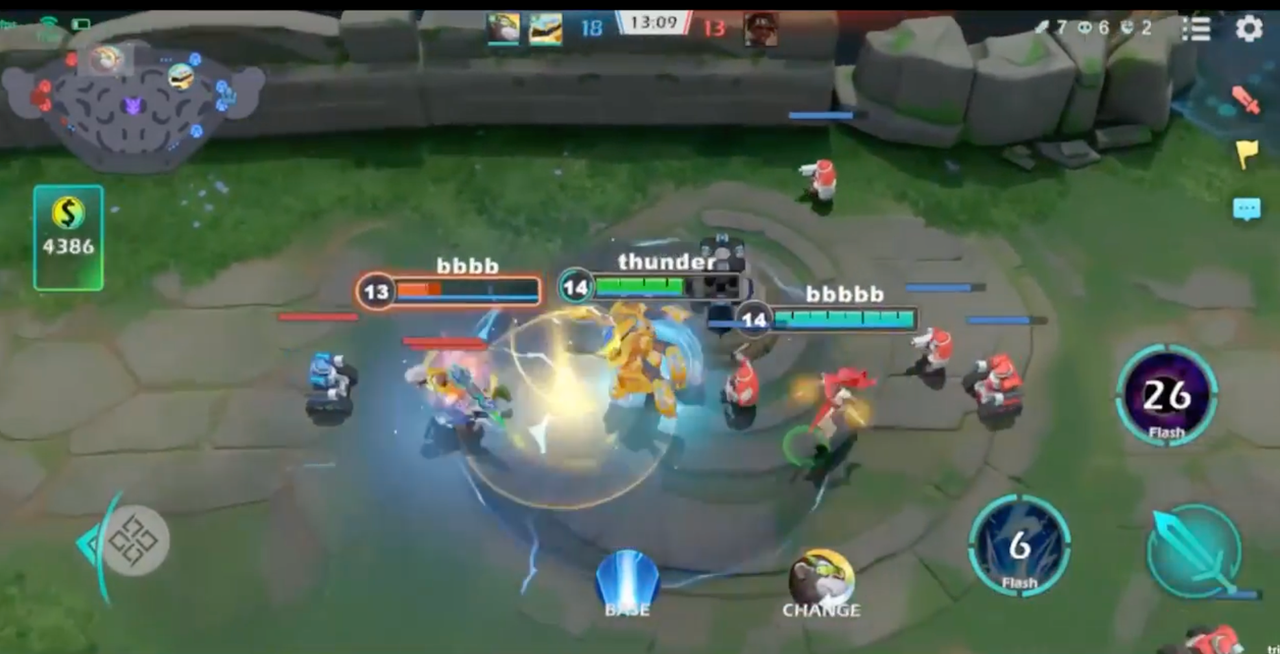
Yes, E4C is a MOBA (Multiplayer Online Battle Arena) type that most players are very familiar with: free mobile gameplay, 3v3 matches, each lasting about 10 minutes, meeting the fast-paced fragmented needs.
At the same time, the game also adheres to the usual characteristics of MOBA games, with a low entry barrier, but with depth and playability, requiring a full understanding of different hero strategies and counter relationships.
What is truly accessible is the game's Web3 design.
Players do not need to create a wallet to log in, nor do they need to understand the characteristics of encrypted assets. It is only when it comes to game skins that NFT assets come into play.
In the absence of encrypted assets affecting the main gameplay, you can even consider it a mature Web2 game and continue the natural high playability of the MOBA category.
For Web3 games, taking on a mature and popular category is often more marketable than creating a new category.
Just as the recent hot game "Fantasy Beast Palu" has done, taking on and stitching together multiple mature gameplays, seizing the players' "playing" needs and achieving great success; the popularity of MOBA games in China and Southeast Asia has actually proven the acceptance of the player market.
What E4C aims to do is to penetrate this popularity and acceptance in the form of Web3 into emerging markets with playing needs, such as India, and its probability of success is much higher than that of complex pure pay-to-win blockchain games.
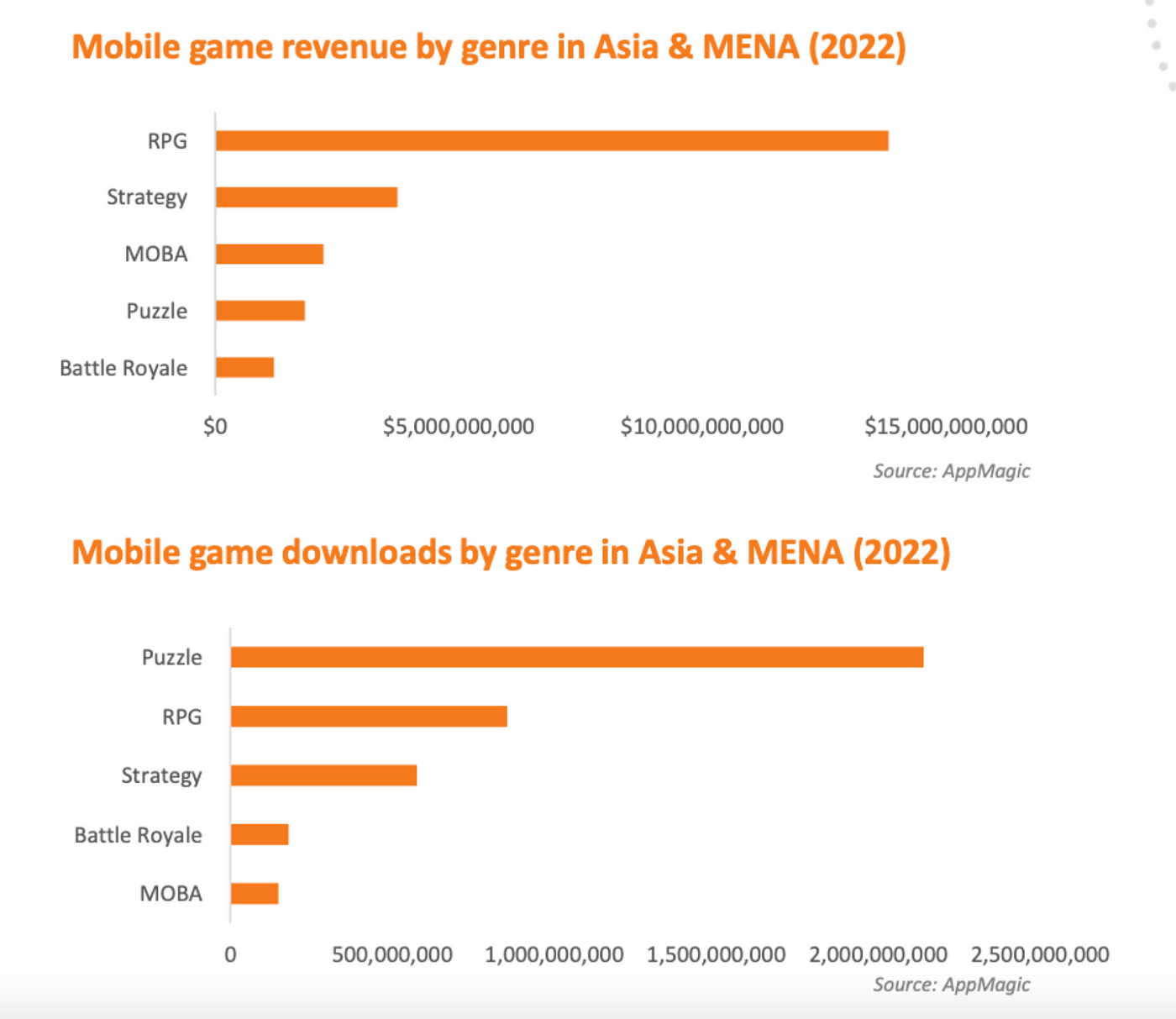
APPMagic's 2022 mobile game research shows that MOBA mobile games still have a large penetration space in the Asian region.
But enough analysis, does E4C really have a market? Perhaps we can find out from the actual data.
From January 9th to 23rd this year, E4C conducted a two-week Alpha test and publicly released the data from this event on social media.
When examining a blockchain game with mature gameplay and playability, the author believes that three key elements should be focused on:
User acquisition, retention, and conversion to Web3.
The number of users acquired measures the project's own marketing, operation, and promotion capabilities; the number of users retained truly reflects the game's playability.
And most importantly, how many Web2 users have been involved in encrypted assets after playing the game, which further reflects the possibility of the game going beyond the circle.
Based on these three elements, the following is an analysis table made by the author based on the official data of E4C's Alpha test:



We can at least make the following basic judgments:
172,000 new users in 2 weeks, with the majority being non-circle users, indicating a larger user base outside the circle. It is not impossible for a playable blockchain game to go beyond the circle, but it requires reasonable guidance and promotion;
Wallet user retention rate is higher, indicating a clearer purpose of obtaining income and a greater willingness to stay;
The 7-day retention rate for non-wallet users is only about 20%, but the wallet activation rate reached about 30%, meaning that out of 10 Web2 users, 3 eventually tried to register a wallet and understand the gameplay of encrypted assets, also confirming the willingness of non-circle players to try out Crypto;
More importantly, these are some of the few, public, and objective data that reflect the willingness of Web2 users to try and convert to Web3.
Compared to traditional mobile game giants, this data is of course not as impressive, but considering that this is a test of a blockchain game rather than continuous operation, achieving such data results is commendable.
Even with a 30% conversion rate, it can bring many new players to the entire crypto world.
Guiding Web2 players to Web3
At this point, what we are more curious about is, what did E4C do right? Why can it attract a considerable number of Web2 players?
If we review the game's preparation and strategy before the Alpha test, we believe that the key to the key things lies in finding the right market, opening up channels, and providing incentives.
And if we look closely at these three points, they all have universal reference value for how a blockchain game can go beyond the circle.
First, from the market perspective, as mentioned earlier, mobile MOBA games are currently popular only in China and Southeast Asia, and this popularity can be extended to emerging markets in other Asian countries.
Why target these emerging markets?
For example, due to policy and international relations reasons, players in India cannot play popular MOBA games in China; and publicly available data shows that the ARPU (average revenue per user) of similar mobile games in other countries is relatively low, which means that developers may not make money in these markets, leading to a lack of game ecology in the region.
E4C games, while maintaining the gaming experience and maturity similar to traditional mobile games, have a uniquely designed Web3 commercial monetization system, which can largely overcome the problem of low ARPU values in the traditional game market.
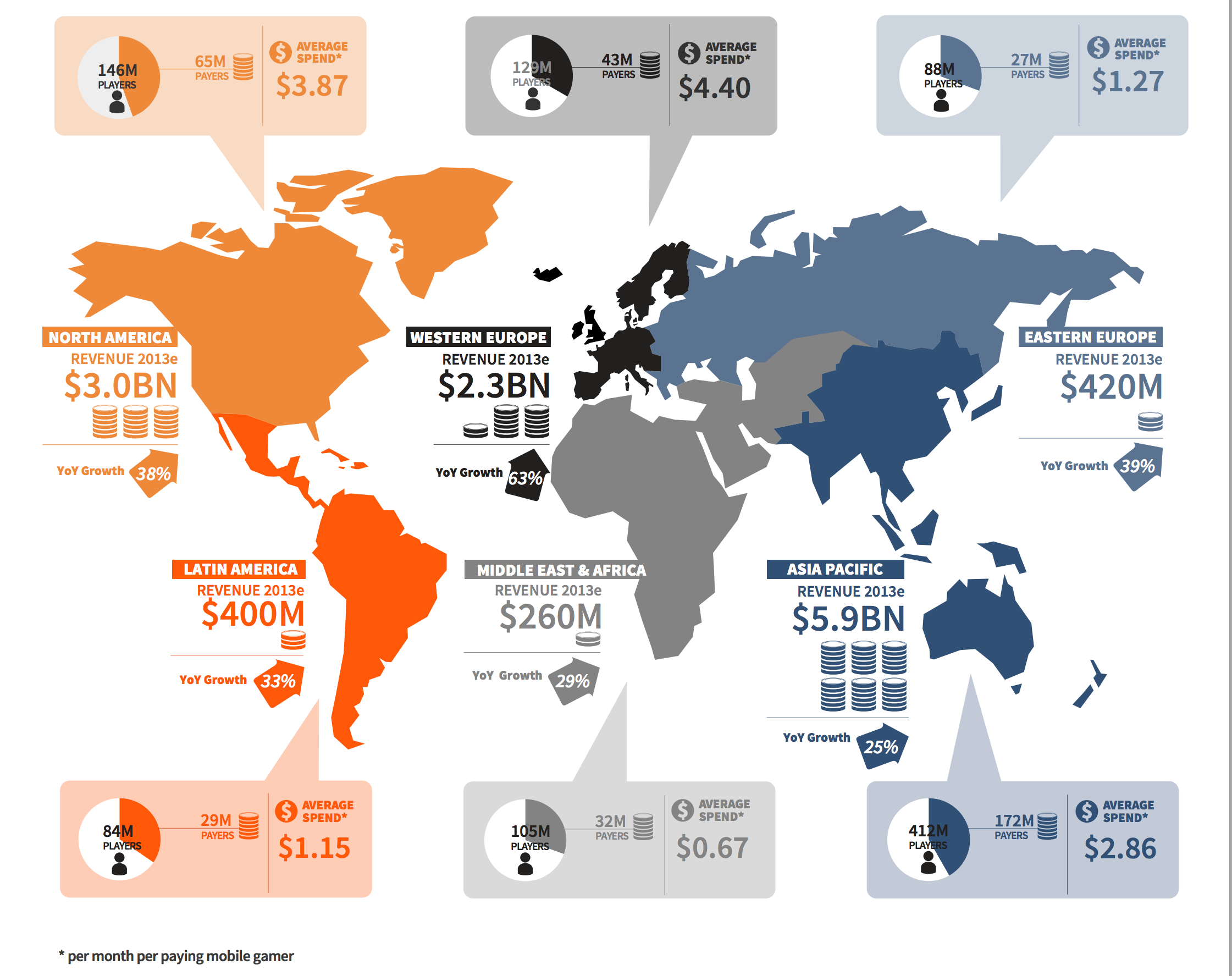
Secondly, from a channel perspective, it is far from enough for a game to be released and promoted solely by the game project itself. The best solution is to cooperate with game publishers in various countries to open up channels for distribution.
It is reported that E4C has obtained resources from some top game publishers and platforms in emerging markets such as India, Pakistan, the Middle East, and Taiwan, relying on the power of local channels for game promotion and operation.
It is worth mentioning that these local game publishers chose to cooperate even after knowing that E4C is a game with Web3 elements. This also proves from another perspective that blockchain games can go beyond the circle, but it is necessary to find the right market and channels.
Expanding into the target market effectively, various aspects of the local game market are clearly recognized.
Finally, back to our familiar Web3, E4C has been very willing to provide incentives during the testing phase.
The project has allocated 1% of the total supply of $E4C tokens, which is 10 million tokens, for airdrops. Players can receive them after completing tasks in the game. Additionally, the Alpha test of the game also offers exclusive SBT gem rewards, which can be exchanged for in-game assets after the official launch.
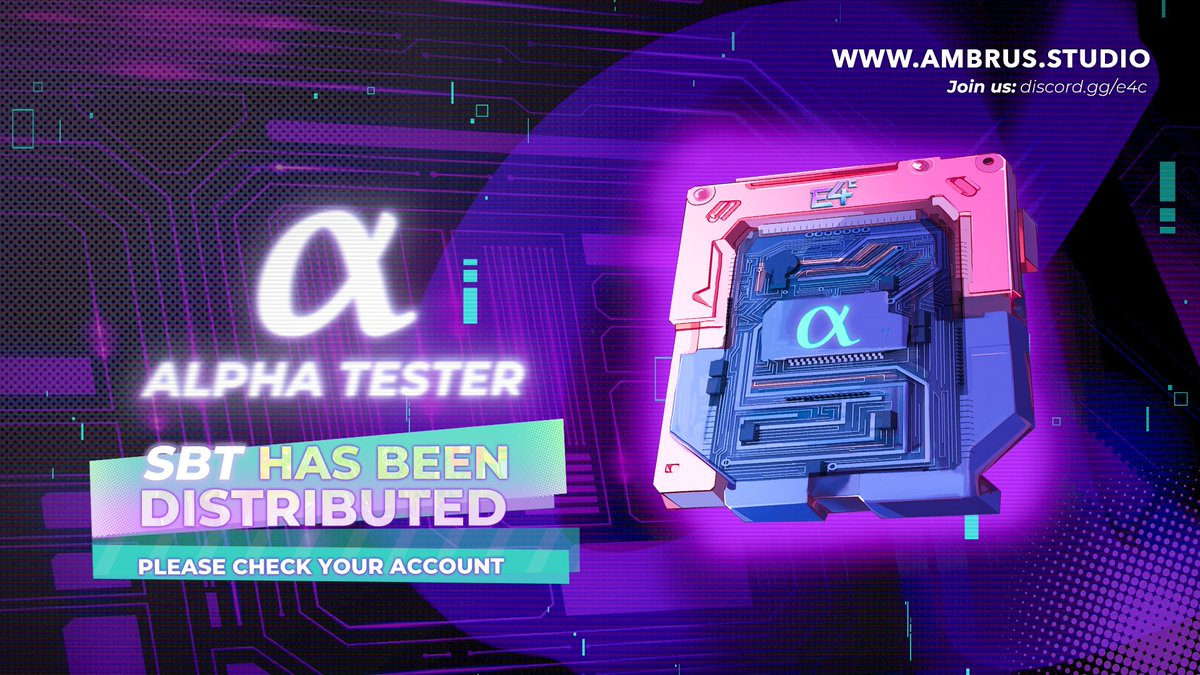
With clear objectives for on-chain players, the willingness to provide income is bound to attract a large number of players.
With the expectation of income, the game had already surpassed 250,000 pre-registrations before the test even began.
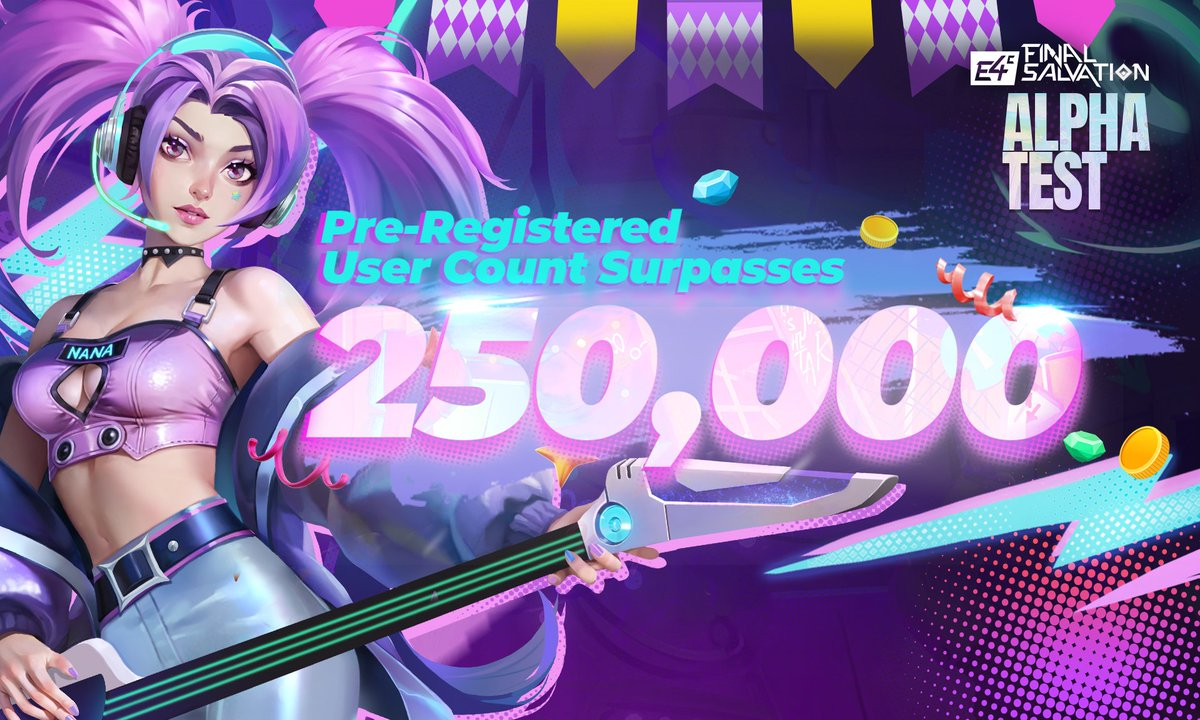
At this stage, recognizing the demand for pay-to-win and Degen is not a bad thing, but games like E4C are more about guiding this demand to attract more non-circle players and make it a part of the game's continuous operation.
It should be clear that the encrypted assets and rewards in the E4C game do not actually affect the core MOBA gameplay. NFTs appear more in the form of character skins, serving as decorations, displays, and self-identification. As for the $E4C token, if you are just playing the game, you may not even be aware of its existence.
Therefore, seeking encrypted asset rewards is not the core gameplay of this game. This is in stark contrast to the majority of pay-to-win blockchain games we have seen before, which often end up in a death spiral.
Web2 users can play normally, but when it comes to assets such as skins, they have long been educated by mature games like CS and LoL that skins are precious and valuable. NFTs are just a more secure form of expression, and the resistance of Web2 users is relatively lower. It's not about pay-to-win, but rather adding personalized expression and decoration to the game assets, which has emotional and economic value.
It not only fits the gaming habits and cognition of Web2 users, but also allows Web3 users with clear objectives to receive income, bringing joy to both inside and outside the circle.
But since we mentioned NFTs, how is the current market situation for E4C-related NFTs? Do they have more value, uses, and positive expectations?
E4C Rangers, an undervalued link
Launching NFTs before the game's release has become a "correct operation" in the blockchain game track.
In addition to attracting expectations in advance, NFTs often also serve as a price discovery and equity realization tool: the change in floor price reflects the results of all the positive and negative information games related to the project after the information game; and in terms of equity, NFTs not only serve as entry ticket vouchers, but also often have linkage with more income in the game ecosystem.
From this logic, let's first look at the price performance of the E4C Rangers NFT series.
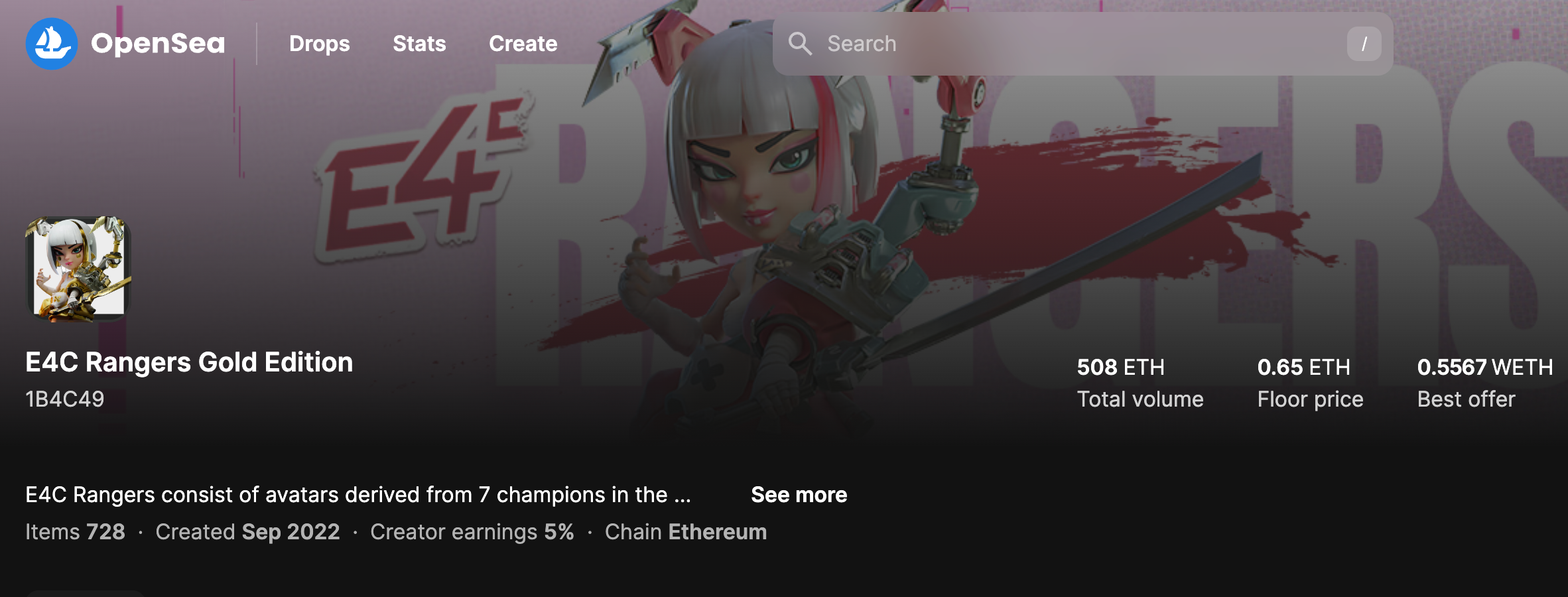
Before the Alpha test of E4C, the price change of NFTs actually reflected the favorable information that the game test would have rewards, triggering a FOMO effect.
On December 30th, the floor price of the main NFT series Rangers Gold Edition of E4C rose to 0.845 E, with a daily increase of over 125%, an increase of over 4150% from the low point of that week, and a daily trading volume increase of 1143%, reaching 24.05 E.
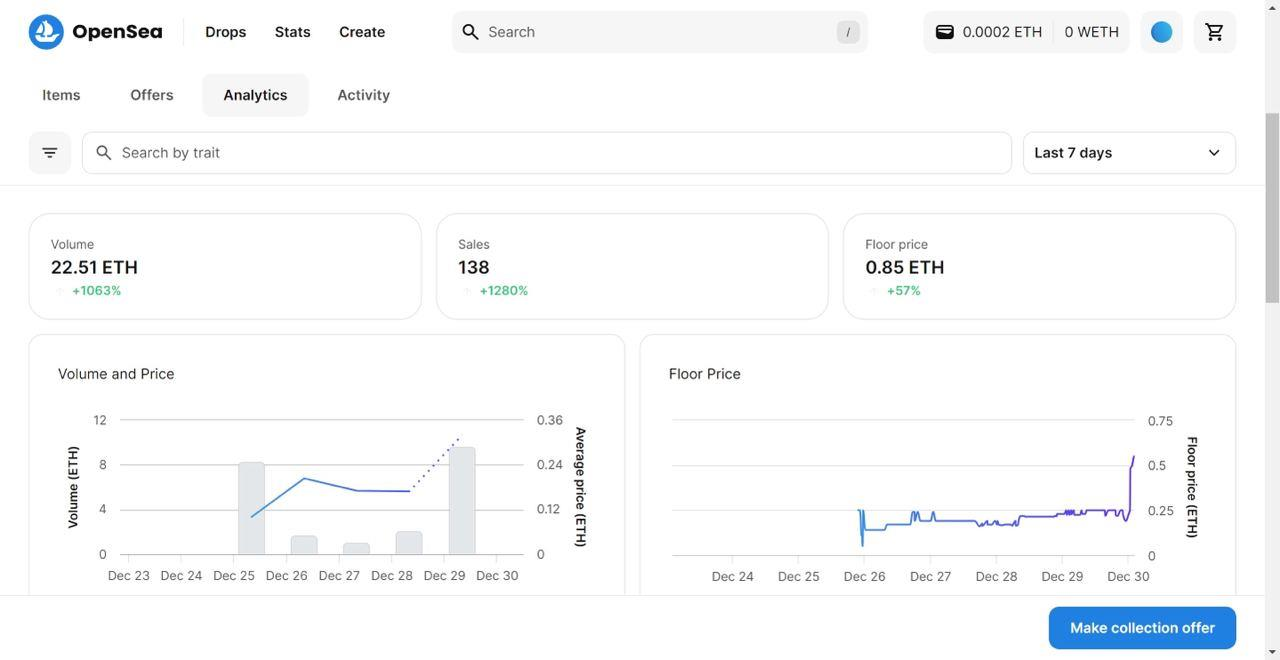
After the end of the Alpha test, the price clearly declined and stabilized.
However, looking at the long-term trend of the floor price of Rangers Gold, it is evident that the rapid vertical price increase at certain time points corresponds to the release of corresponding favorable information and activities.

So, is the current price of Rangers Gold overvalued or undervalued?
The key to answering this question lies in understanding whether there are, and how much potential equity has not been realized in the subsequent NFTs.
Overall, Rangers Gold is more like a link of value, connecting multiple equities inside and outside the game:
In-game, holding this NFT series means the opportunity to obtain rare exclusive assets (treasure chests, NFT skins, weapons, etc.). Considering that the game of E4C has not been fully launched, this part of the value can be seen as not fully realized, and the Alpha test only partially revealed some sweetness;
Outside the game, Rangers Gold also has the meaning of a "golden shovel," connecting various token airdrops, qualifications, and opportunities.
Looking at airdrops alone, holding NFTs already includes many equities:
Thanksgiving Airdrop: After the hot end of the Alpha test, the official E4C project launched a thank-you airdrop, distributing 1% of the total supply of $E4C tokens as an airdrop to players holding NFTs;
Direct Airdrop: Holding NFTs can directly receive a certain amount of E4C token airdrop, and the amount of airdrop tokens obtained varies depending on the level of the NFT series (see the image below);
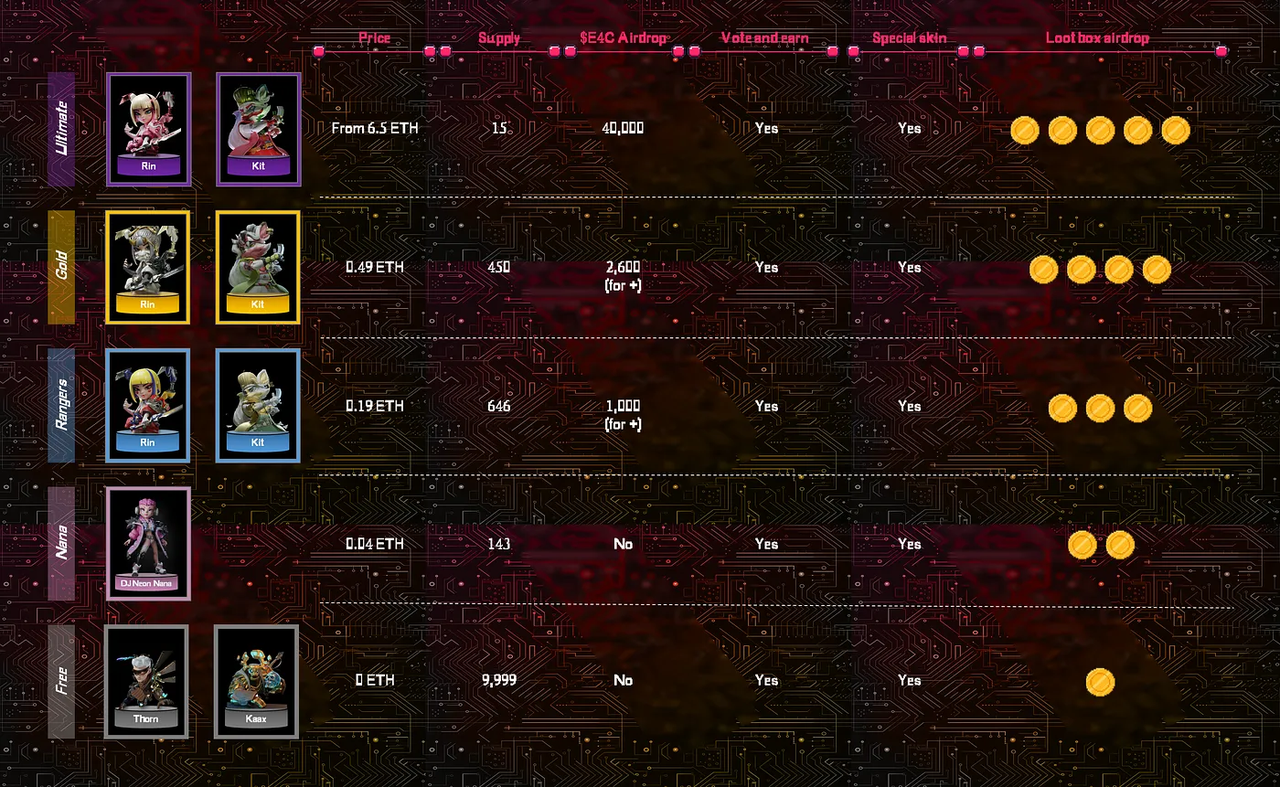
If we compare the size of these equity gains with the floor price of the NFTs, for the average user, the Rangers Gold series is a more cost-effective holding choice. The Ultimate Edition, which has more equities, is more than ten times the floor price of the Gold series, and the cost of seeking income is also higher.
Governance Airdrop: Holding NFTs to participate in governance will receive additional E4C airdrops based on participation behavior;
Linkage value within the ecosystem: Ambrus Studio, the studio behind E4C, hopes to create not just one game, but a matrix of multiple games; if you visit the official website of the E4C project, you can see that more games are being launched. NFTs are not just a one-time purchase, but a key to the participation qualifications and capabilities of other games;
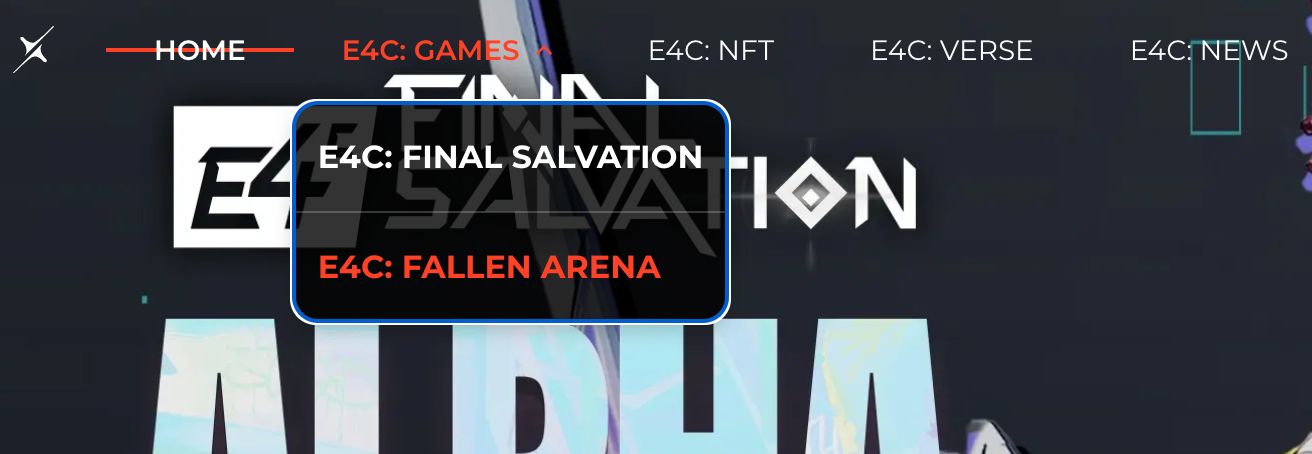
This is somewhat similar to the "season pass" or "passport" in traditional games. For example, if you have played Assassin's Creed 1, holding a passport when playing the 2nd generation or the expansion pack of the 1st generation will provide additional benefits.
As for the previously mentioned $E4C token, although it has not been issued yet, the expectations have already been fully priced in.
First of all, the entire E4C project has received support from top institutions in the industry such as Spartan, M13, 6th Man Ventures, and ZeePrime. It has also received personal investments from well-known figures in prominent institutions such as BlockBeats.
In addition, SUI is a major public chain partner of the project. Thanks to SUI's performance, the interaction between the game project and the blockchain will provide a very user-friendly experience for Web2 users. Considering the recent surge in SUI's TVL, any ecological cooperation with it will naturally attract market attention.
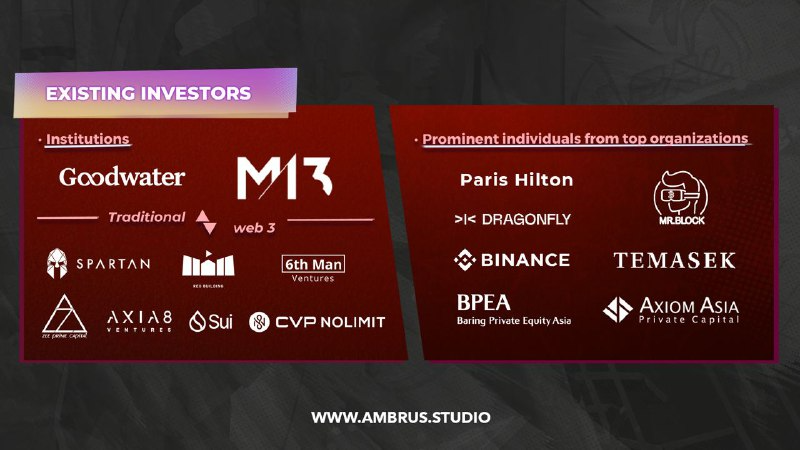
Looking at the team internally, "E4C: Final Salvation" was founded by Johnson Yeh, the former CEO of Riot Games in the Asia-Pacific region, who was responsible for creating "League of Legends." With rich design experience, the project naturally aims to become the first MOBA mobile game in the Web3 gaming field that integrates e-sports elements. The subsequent promotional actions are also worth looking forward to.
Taking all the above information into account, we believe that the equity of the Rangers NFT series may be undervalued.
More positive news is on the way, and considering the expectations of the bull market and the overall recovery of the blockchain gaming track, the current floor price may not be the end point.
Fallen Arena: A Test Field for NFT Value Realization
Can we expect more positive news?
When discussing NFT equity, the potential equity of many projects' NFTs is more like a pie in the sky. Only when there is an actual product to support the potential equity of NFTs can the equity be truly realized.
Currently, the first step in the overflow of value for E4C Rangers is Fallen Arena, a one-stroke combat game also created by Ambrus Studio.
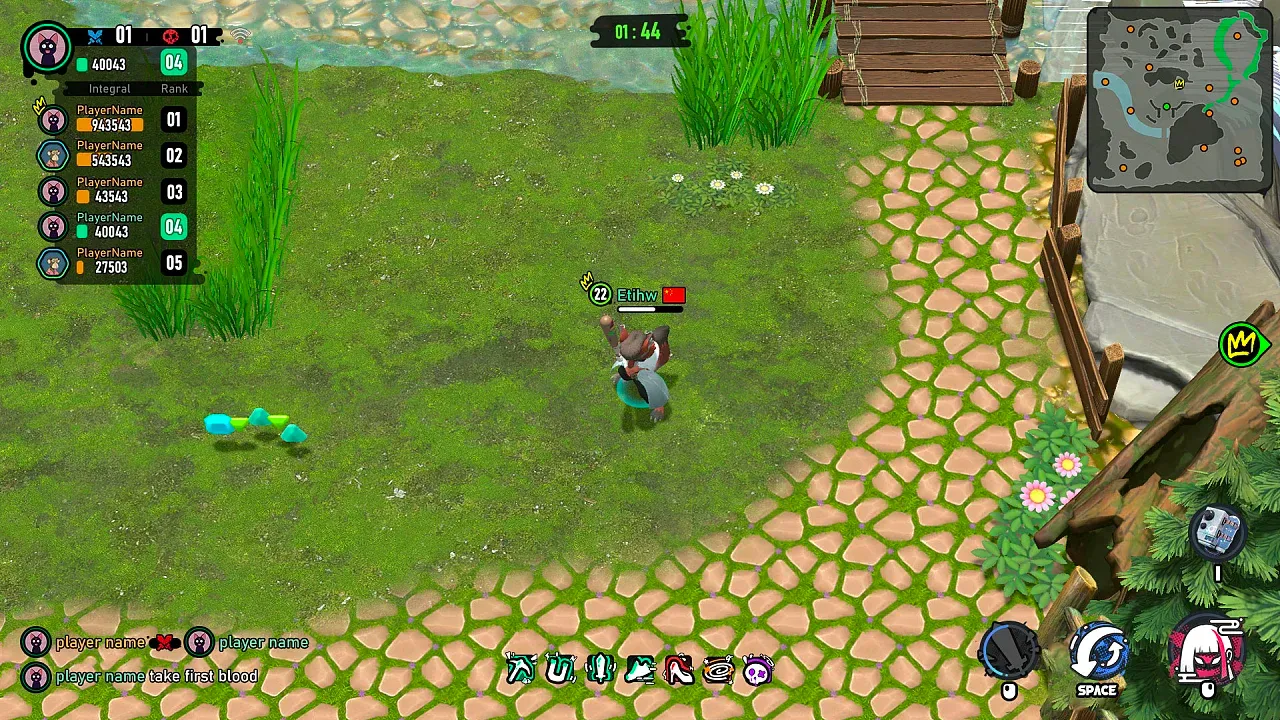
This game shares the same IP and worldview as E4C Final Salvation and uses the Rangers series NFT as original artwork, but it has different gameplay and is a more Crypto Native game.
In the game, characters continuously collect resources, grow, and compete with other players on a limited map, with the last surviving player winning.
As early as 2021, Ambrus Studio had already launched the core gameplay of this game (without encrypted assets) on Steam, garnering a total exposure of 17 million and 2 million page views.
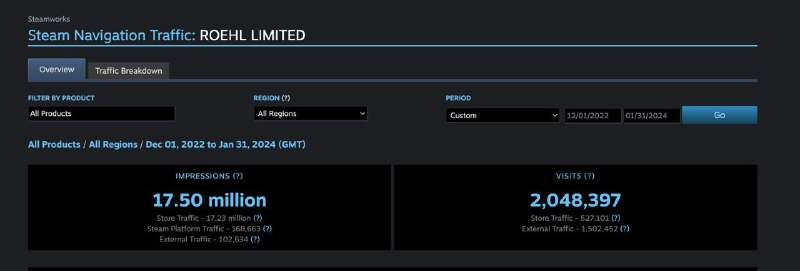
Now, this game is more closely connected with NFTs and encrypted assets, designed specifically for Web3 players, to accommodate the use and consumption of E4C's NFTs and tokens:
You must hold the Rangers series NFT to play this game, which is a mandatory condition. Additionally, depending on the level of the NFT, the characters will have different ability enhancements, further affecting the efficiency of winning in the Play to Earn game;
Furthermore, the Play to Earn in the game can earn E4C tokens, and there is also an equipment upgrade system that consumes E4C tokens to make the characters stronger.
It is clear that this is a more Web3-oriented economic model and token consumption design. We believe that designing a game like this has several benefits:
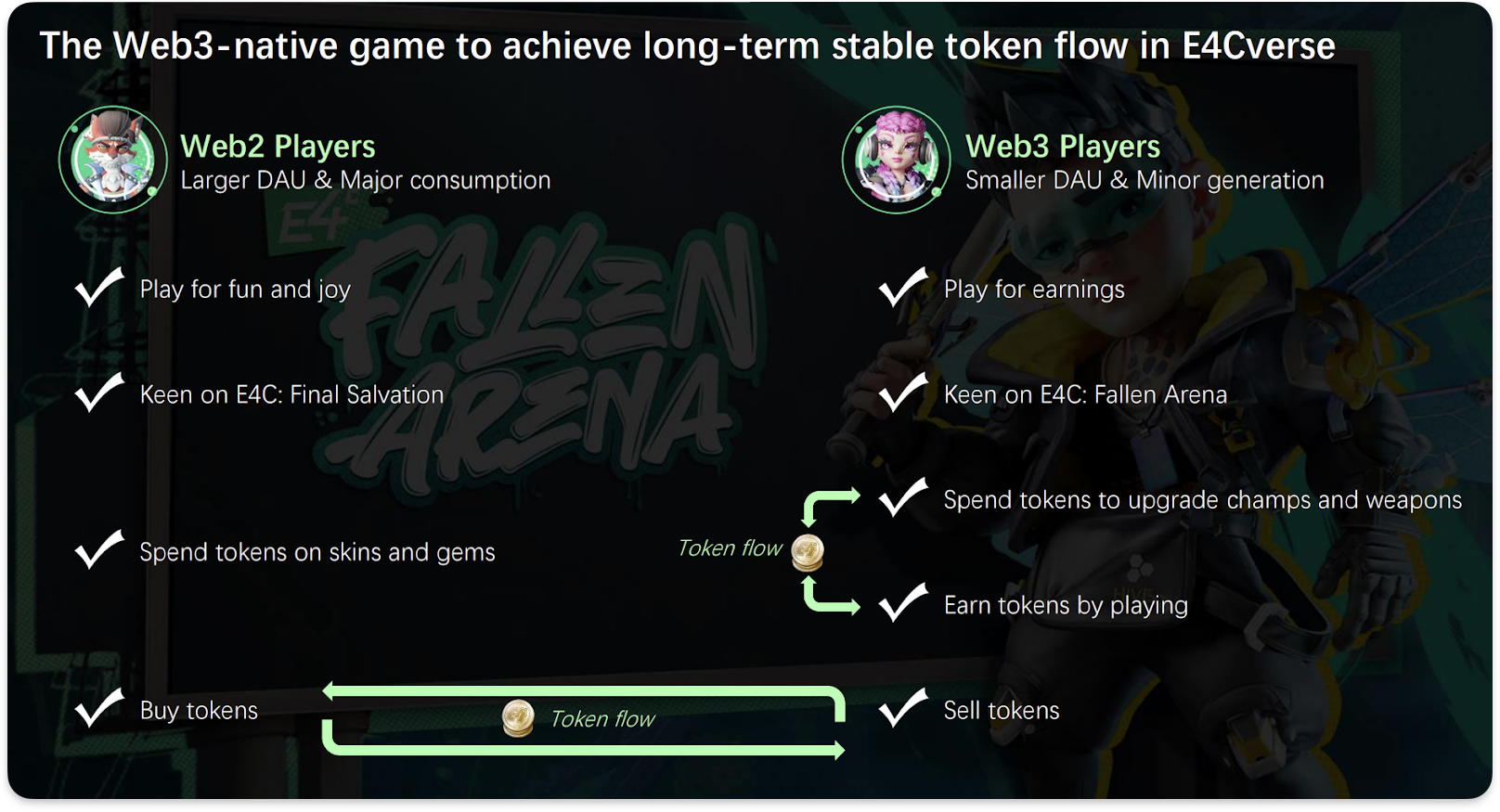
Realization of NFT value: It provides a place for the realization of the value of the Rangers series NFT, going beyond the main game of E4C to obtain additional play-to-earn benefits;
Separation of economic impact: It does not affect the economic balance of the main game Final Salvation, providing a new outlet for pure pay-to-win.
User stratification: Web3 pay-to-win users have a place to go, while Web2 players who prefer fair play can go to the main game Final Salvation, achieving better user stratification and avoiding the death spiral caused by pay-to-win mining and selling.
Conclusion and Outlook
The previous game test of E4C was more like a prelude to the operation of the blockchain game, and it can be observed that when the project finds the right market and users, blockchain games actually still have the opportunity to go beyond the circle.
The development of the game matrix has found different carriers for different gameplays, audiences, and business models, increasing the audience while also being more conducive to multi-point development.
In terms of NFTs and tokens, while the shovel for pay-to-win and the coins mined are important, in a larger game ecosystem, these two things can also incentivize players for secondary creation, community building, and influence enhancement, improving consensus, which in turn will consolidate the core NFT asset prices, forming a virtuous cycle.
Finally, the MOBA category is naturally conducive to e-sports, and around NFTs and token incentives, there can be more tournament entries, reward distribution, and more ways for promotional items.
Of course, whether the above ideas can become reality also tests the operational capabilities and willingness of the project behind E4C; the subsequent performance still needs further observation.
But from the current development of E4C's game, the ultimate recovery of blockchain games is not to retrace the old path with a larger scale and investment, but to lock in more value inside and outside the circle with more equity gameplay, paving a new path for collaborative play and profit.
免责声明:本文章仅代表作者个人观点,不代表本平台的立场和观点。本文章仅供信息分享,不构成对任何人的任何投资建议。用户与作者之间的任何争议,与本平台无关。如网页中刊载的文章或图片涉及侵权,请提供相关的权利证明和身份证明发送邮件到support@aicoin.com,本平台相关工作人员将会进行核查。




